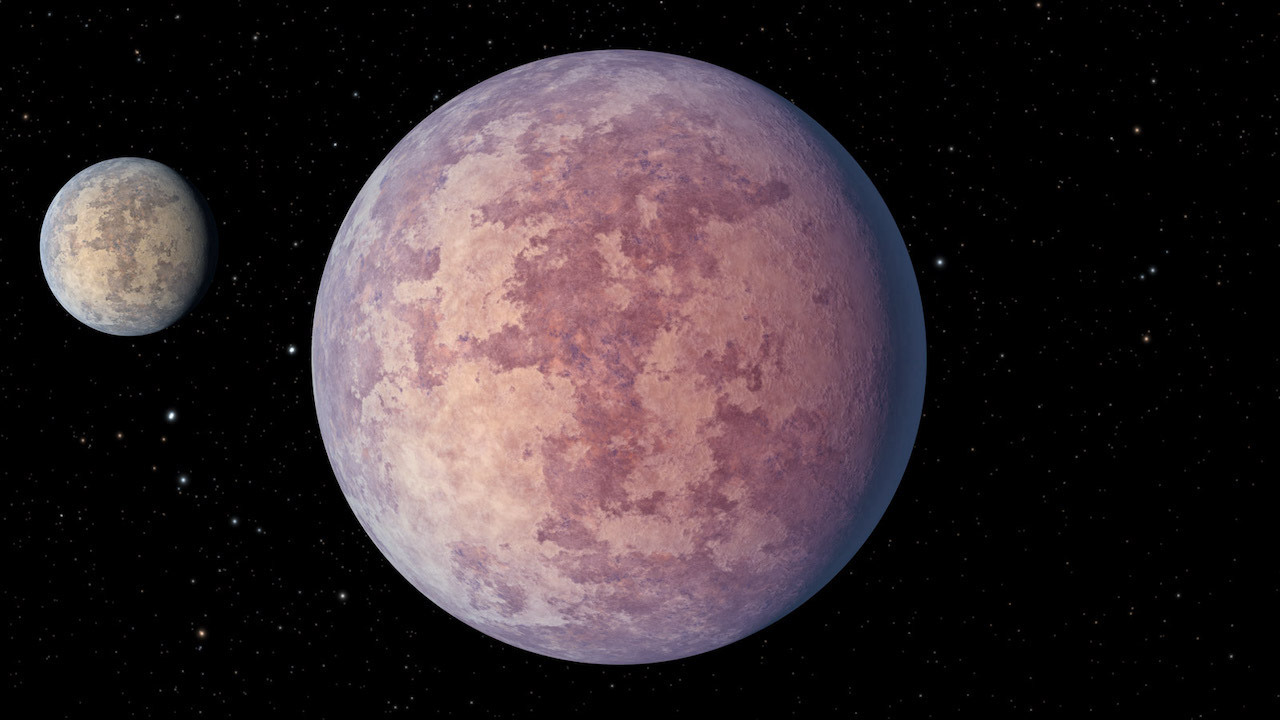Astronomers at MIT and elsewhere have discovered a multiplanet system about 33 light-years from Earth, making it one of the closest known.
At the heart of the system lies a small, cool M-dwarf star named HD 260655. With help from data previously collected by other groups, astronomers with NASA’s MIT-led Transiting Exoplanet Survey Satellite (TESS) have identified two terrestrial, Earth-size planets in its orbit.
The planets are likely not habitable: they are so close to the star that temperatures are probably too high to sustain liquid surface water. Nevertheless, scientists are excited about this system because the proximity and brightness of its star will give them a closer look at the properties of the planets and signs of any atmosphere they might hold.
Don’t settle for half the story.
Get paywall-free access to technology news for the here and now.
